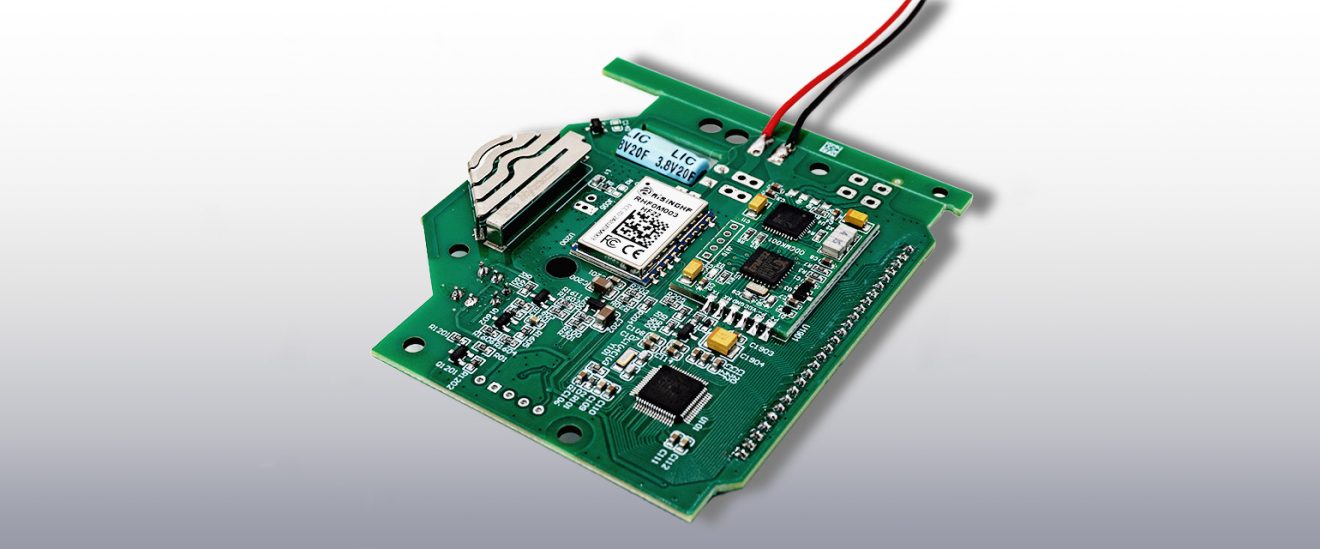The Evolution of Embedded Antennas: From Concept to Cutting-Edge Applications
In the rapidly advancing world of technology, embedded antennas have emerged as a pivotal component in various devices. These antennas are not merely functional; they represent a significant evolution in design and application. But what exactly are embedded antennas, and how have they transformed over the years?
Understanding Embedded Antennas
Embedded antennas are antennas that are integrated directly into the device's structure, rather than being external components. This integration allows for a more compact design, which is essential for modern electronics. As devices become smaller and more sophisticated, the demand for efficient and effective antenna solutions has grown.
Key Advantages of Embedded Antennas
- Space Efficiency: Embedded antennas save valuable space in devices, making them ideal for smartphones, wearables, and IoT devices.
- Improved Aesthetics: By eliminating external antennas, manufacturers can create sleeker, more visually appealing products.
- Enhanced Performance: When designed correctly, embedded antennas can offer superior performance in terms of range and signal quality.
The Evolution of Embedded Antennas
The journey of embedded antennas began with basic designs that were primarily functional. However, as technology advanced, so did the complexity and capability of these antennas. Early iterations were often limited in frequency range and efficiency. Today, cutting-edge embedded antennas can support multiple frequency bands, enabling devices to connect seamlessly to various networks.
Applications in Modern Technology
Embedded antennas are now found in a wide array of applications. From smartphones to smart home devices, their versatility is remarkable. For instance, in the realm of IoT, embedded antennas play a crucial role in ensuring reliable connectivity. According to a recent article on IoT Connectivity, these antennas facilitate communication between devices, enhancing the overall user experience.
Future Trends in Embedded Antenna Technology
Looking ahead, the future of embedded antennas appears promising. Innovations such as 5G technology and the increasing demand for smart devices will likely drive further advancements. Researchers are exploring new materials and designs that could improve performance and reduce costs. What challenges might arise in this evolving landscape? As the technology progresses, ensuring compatibility and efficiency will be critical.
Conclusion
In conclusion, the evolution of embedded antennas reflects the broader trends in technology towards miniaturization and enhanced functionality. As we continue to embrace new technologies, the role of these antennas will only become more significant. Understanding their development and applications can provide valuable insights into the future of connectivity.
